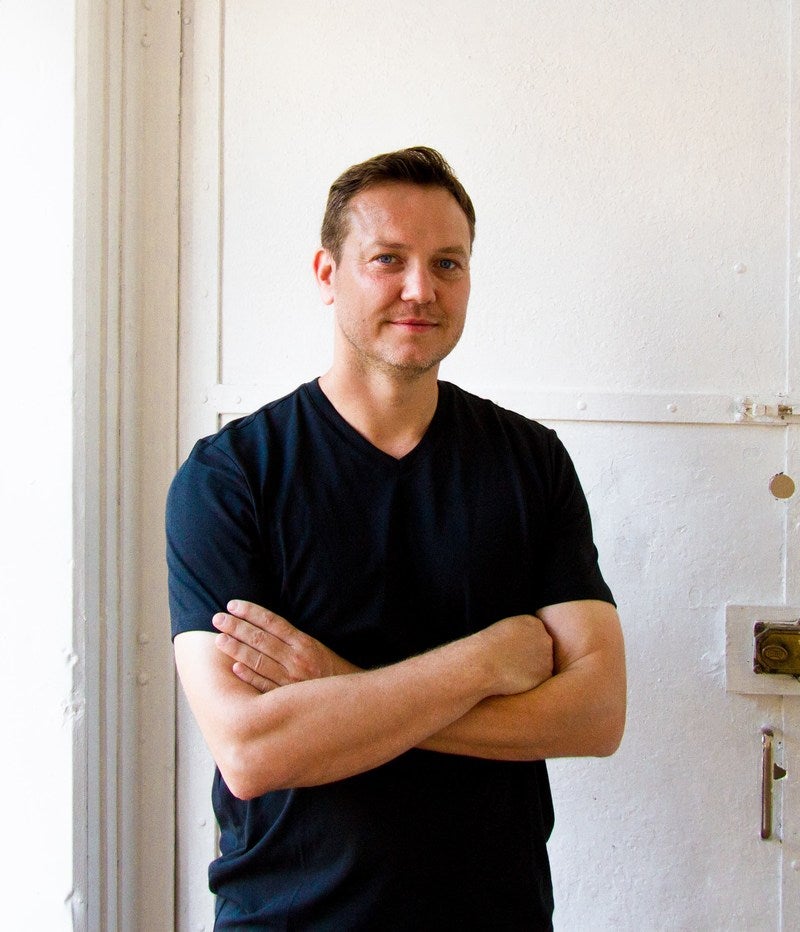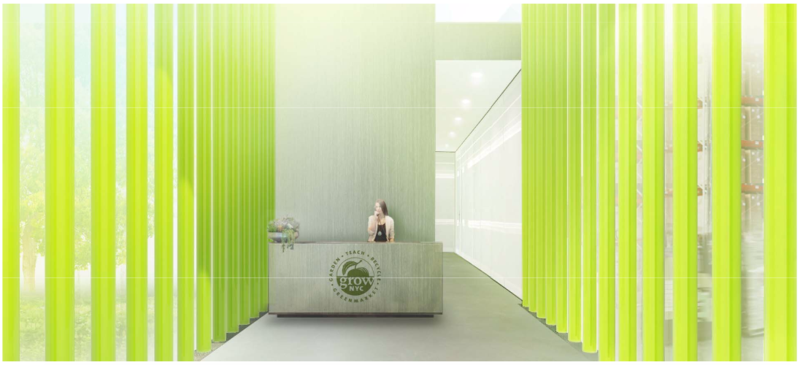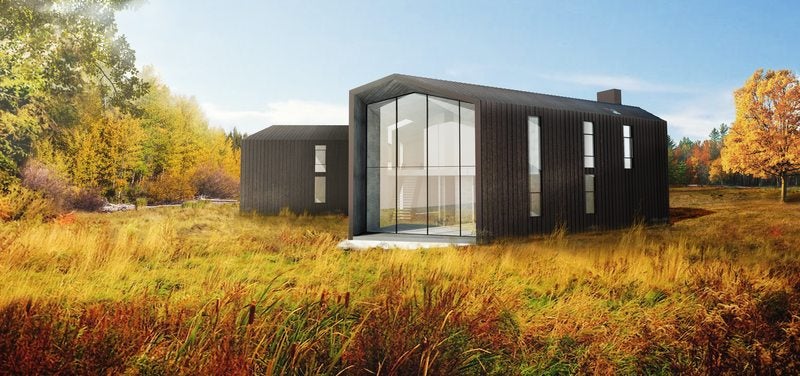When architect Thomas Kosbau, founder of ORE Design, was growing up in Oregon, he assumed that to be a good architect he needed to be good at drawing, which put that career path out of his reach. Instead, he focused primarily on chemistry and physics, and he never had the opportunity to take an art class. He planned to study science in college, until he had an “a-ha” moment while visiting an exhibit on Japanese architect Kisho Kurokawa and decided, finally, that he wanted to pursue architecture. Kosbau shares with EAL how he has developed a focus on sustainable design and the projects that led him down that path.

What led you to focus on sustainable design and innovative technology?
I had an architecture professor once tell me I was a “problem solver,” which I took as a great compliment, only to have her continue by saying that she doesn’t teach her pupils to become problem solvers, she teaches them how to be “problem makers.” This platitude illustrated a design ethos that is too insulated from the real world: You only have to look around to see a world in need of solutions, not more problems. I began to see symptoms of our impact on the world’s ecosystems in sharp focus, which became direct inspiration for my projects Sand.Stone.Road, the world’s first organically grown paving material to replace asphalt, and Homefree, a jacket made from up-cycled umbrellas that turns into a tent to provide temporary relief for the homeless.
Today, architecture allows me to channel my passion for problem solving within an industry that consumes 40 percent of the total U.S. energy footprint, 72 percent of electricity consumption, 39 percent C02 emissions and 30 percent of our landfills, [according to the U.S. Green Building Council].
There are many voices leading the move toward sustainability in the built environment, but there aren’t enough of them, or perhaps we haven’t yet learned how to communicate the urgency of this global crisis. As architects, I believe we have an obligation to be more than city builders: We must also be scientists, inventors, humanitarians.
Why do you think projects with technological innovation and green design elements are important?
There are many under-utilized solutions out there that will greatly improve our built environment, not only to become more sustainable, but also have the potential to become aesthetic features or amenities to enjoy beyond their performance. What’s amazing is if a given building is designed with the intent to integrate these systems early on, the total cost is only a fraction of applying sustainable technologies into a building after the infrastructure is in place. It’s a practice we see a lot, where the incorporation of basic energy-saving systems is almost an afterthought.

You’ve done quite a bit of work with GrowNYC. How has that relationship grown?
After designing three city parks for GrowNYC early in my career, my relationship with the organization continued when Tom Colicchio’s Riverpark restaurant asked GrowNYC to help them develop Manhattan’s first temporary, urban farm. We were hired again to design JetBlue’s farm at John F. Kennedy International Airport’s Terminal 5; Project Farmhouse, an educational and event space GrowNYC developed in 2017; and, coming this fall, a sustainable system that functions as architectural feature for the new regional distribution center FoodHub, opening in the South Bronx.

One of the technologies we’re recommending generates energy from food scraps, called a “bio-digester,” which will produce around 70 percent of the facility’s power needs and eliminate the need for additional truck traffic to remove food waste from this facility, freeing up their active driveway and eliminating large amounts of fuel emissions. My favorite part of this design is that we are returning full circle to the initial project that gave ORE its identity [an idea that has been in development for 15 years], by proposing a series of backlit, green-algae-filled tubes (called “bio-reactors”) that double as bioenergy producers and the ultimate design “moment” in the main lobby of the space.
How do you see sustainable architecture and design evolving?
I see the adoption of a wider variety of sustainable technologies in the future, as more projects demonstrate return on investments over the course of their life spans, not just when one is built and marketed to the high-end, eco-conscious consumer. It will take a critical mass of pioneers prioritizing sustainable technology integration to make these systems affordable enough to make a global impact.

Do you have any other projects in the works?
We’re currently launching a spin-off company to develop new technologies to counter the “trilemma” of the 21st century: food, water and energy. One of our first projects under this company is a machine that we designed to generate freshwater from the atmosphere using far less energy than any existing technologies.
We hope this technology will provide countries in need of water a new source that will relieve the depleted aquifers and greatly reduce waterborne illnesses. As architects, we’re tasked with building the world future generations will inherit. Considering the state of the world right this very moment, “saving the world” isn’t an architectural fantasy, but a call to innovate and execute new sustainable solutions.
Kosbau has also submitted a proposal for a panel at SXSW next spring as part of the PanelPicker program. A combination of input from the community, a SXSW advisory board and SXSW staffers will determine which panels will receive a spot on the schedule.




























